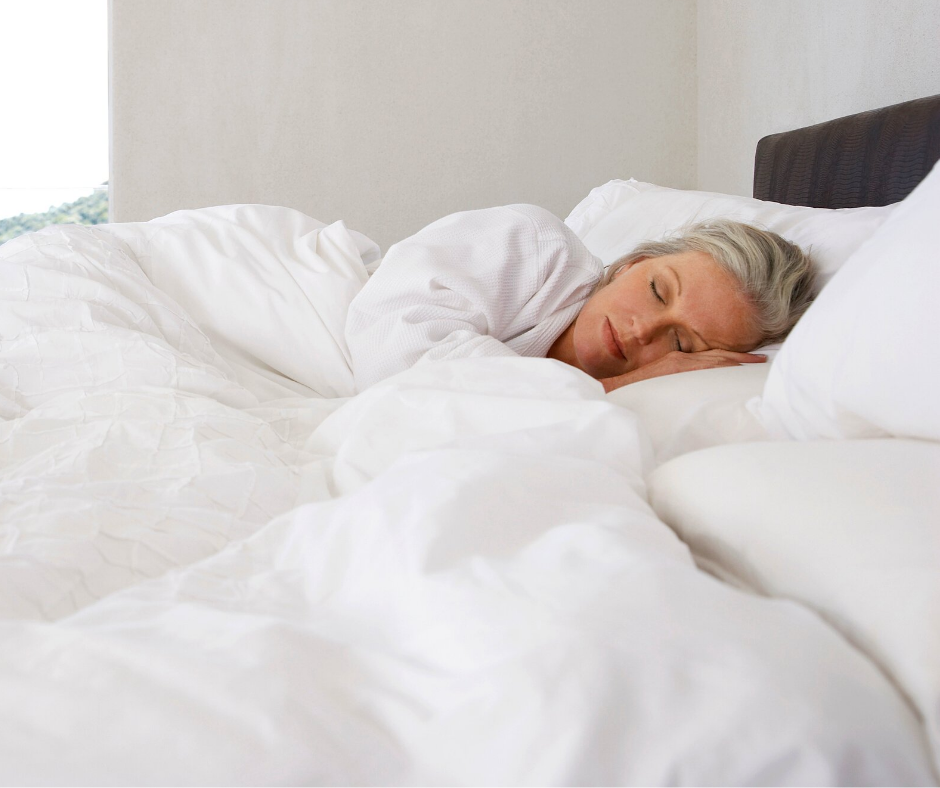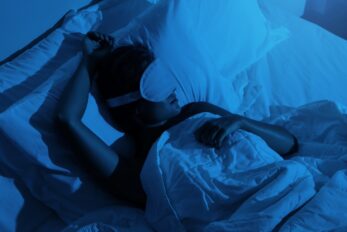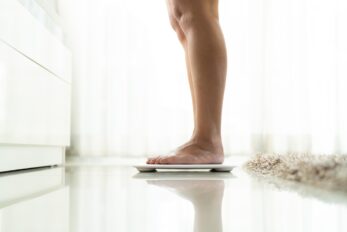When you hear the words “sleep apnea treatment”, you might assume that CPAP machines are your only option, and with good reason. CPAP machines are a very effective method for treating obstructive sleep apnea—one of the best options you have! But maybe you’re not quite ready for one or you’d prefer to try out other options first. That’s totally fine—we get it!
Luckily, you do have a number of options at your disposal for treating sleep apnea before deciding whether or not a CPAP machine is right for you. To better understand your options, you’ll need to know the difference between positional obstructive apnea (OSA) and regular OSA.
Do I have regular OSA or positional OSA?
Obstructive sleep apnea occurs when the upper airway is partially or completely obstructed, limiting oxygen to blood cells and the brain. While you sleep, your throat muscles relax and partially collapse—especially while sleeping on your back. This causes a narrowing of the throat, as well as the vibrations that result in snoring. Without enough air, your body reacts with a cough or gasp, startling you awake. Not fun.
Positional OSA is slightly different and is estimated to occur in almost half of all people experiencing sleep apnea. While severe OSA impacts your breathing regardless of how you sleep, positional OSA can often be solved by sleeping in a different position.
Positional OSA is especially prevalent in back-sleepers. Because the tongue’s resting position blocks airflow more easily when sleeping on your back, you may find that your sleep apnea greatly improves with a simple roll to your side.
What’s better for me: CPAP or positional therapy?
The short answer: It depends on the severity of your sleep apnea. Sleep apnea is measured on a scale called the Apnea-Hypopnea Index, or AHI. The AHI measures the number of times your breathing stops at night, or how it becomes shallower per hour of sleep. This is typically measured and assessed through a sleep study. If you’re relatively low on the scale, positional therapy may be for you! If not, we’d recommend a CPAP.
A CPAP (continuous positive airway pressure) machine provides you with a continuous stream of air while you sleep. This prevents your throat from narrowing and allows you to breathe more easily—without the rude awakenings from coughing or choking.
Positional therapy is a physical intervention of sorts. If you tend to fall asleep on your side, but constantly wake up on your back you may need some assistance. Fortunately for you, there are a few options to keep you on your side.
What are my options for positional therapy?
Positional therapy can range from store-bought to home-improvised. One popular product is the Philips NightBalance. An adjustable sensor that wraps around your chest, NightBalance can detect if you’ve rolled onto your back. When this happens, the device delivers gentle vibrations that don’t stop until you’ve returned to your side.
Another option is the Rematee Bumper Belt. Like NightBalance, the Bumper Belt is worn around your chest. Instead of sensors, however, the belt has three inflatable bumpers attached to its back. These bumpers act as support, and they prevent you from rolling onto your back. While differing in their therapy delivery method, both products keep you on your side—and breathing smoothly.
Lastly, your options can include homemade remedies, especially if you’re not ready to run out and buy something just yet! A full-body pillow or bundled-up blanket propped against your back may prevent you from rolling in your sleep. Semi-firm is best, as you’ll be less likely to stay comfortable on it if you happen to roll over.
There you have it: Solutions for your apnea don’t always need to include CPAP, and you might be just fine with a bit of positional therapy. Find out by booking a complimentary sleep consultation. We’ll have you back to restful sleep in no time.
We wrote this post in reference to a journal on PubMed Central®. You can read the full journal here.






